Surgical Instruments: A Comprehensive Guide with Images
Essential Surgical Instruments: A Comprehensive Guide with Images | Master the Surgical Instruments : 50 Instruments and Their Uses
Surgical instruments are essential tools in the medical field, designed for precision and efficiency. This guide covers a wide range of cutting, dissecting, grasping, holding, retracting, clamping, suturing, suction, and other specialized instruments. If you’re looking for detailed insights into the various surgical tools and their specific uses, this article is your go-to resource.
Cutting and Dissecting Instruments: Precision at Its Finest
Scalpel
The scalpel is a fundamental tool in surgery, primarily used for making precise incisions. It’s indispensable in both minor and major surgical procedures, ensuring clean and accurate cuts.
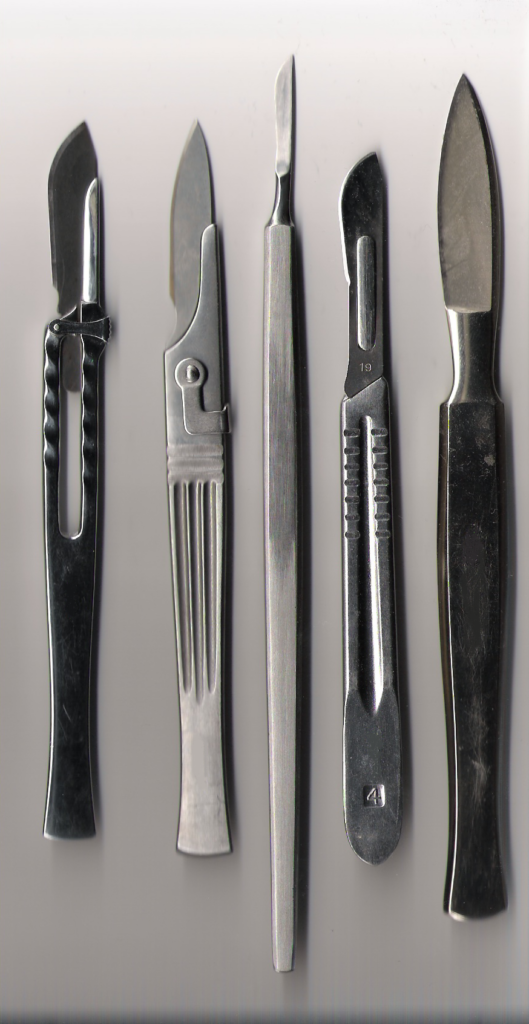
Surgical Scissors
Surgical scissors come in various types, each designed for specific tasks such as cutting tissue, sutures, or dressings. Their precision allows surgeons to perform delicate procedures without damaging surrounding tissues.
| Name | Image |
| Bandage scissors | 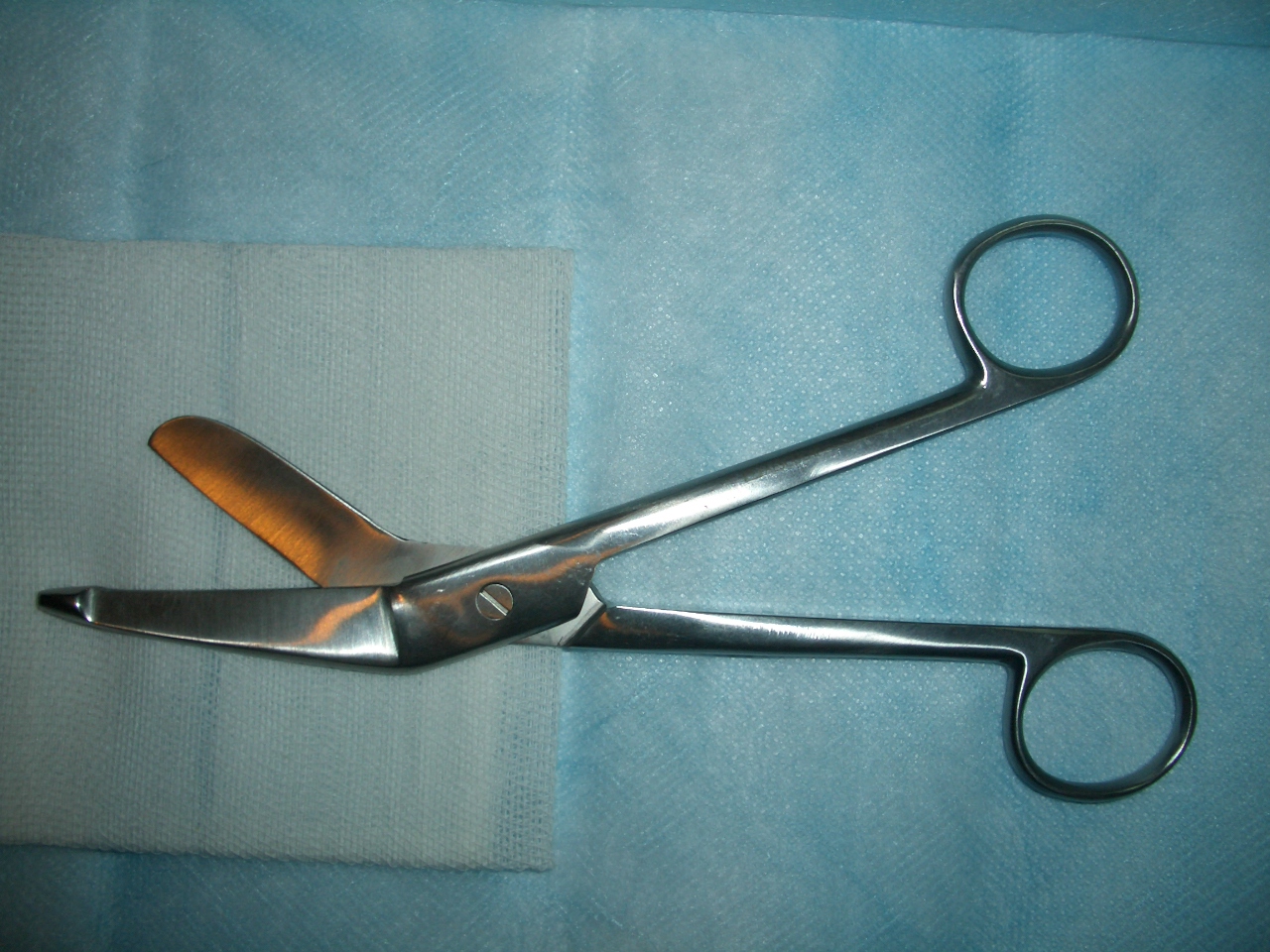 |
| Dissecting scissors | 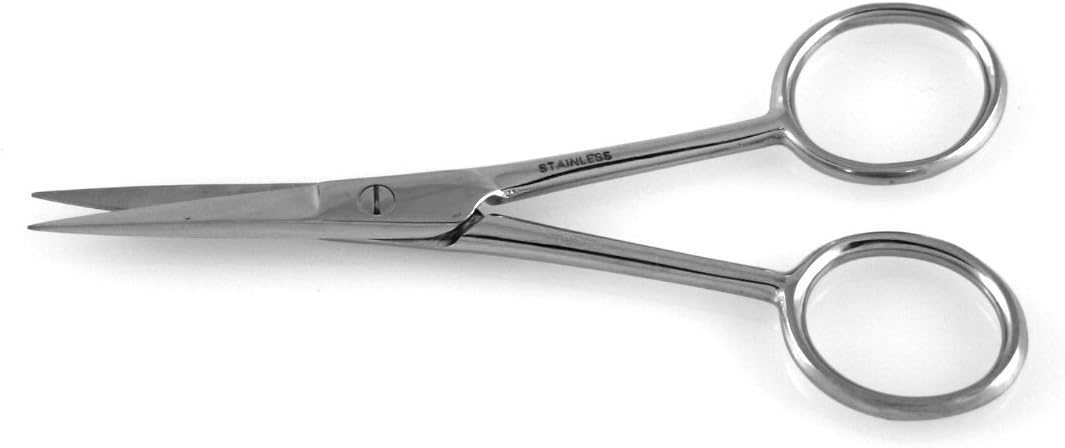 |
| Iris scissors | 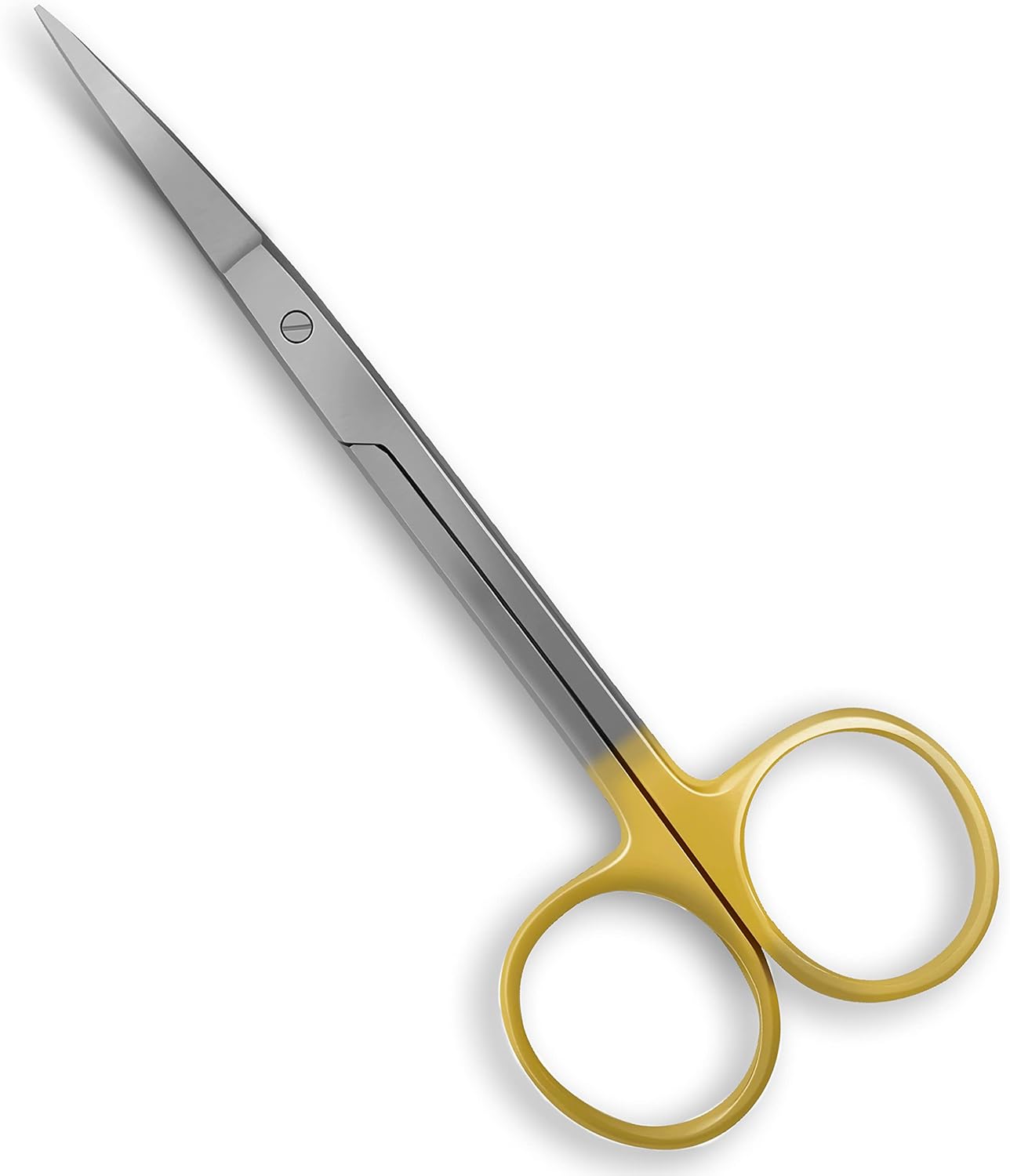 |
| Suture scissors |  |
| Tenotomy scissors |  |
| Metzenbaum scissors |  |
| Mayo scissors |  |
Surgical Knives
Similar to scalpels, surgical knives are designed for precise cutting. They are crucial in operations requiring fine detail and control.

Surgical Rongeurs
Rongeurs are robust cutting instruments used primarily for cutting and removing bone. They are vital in orthopedic surgeries, allowing surgeons to reshape or remove bone with precision.

Bone Curettes
Bone curettes are specialized tools used to scrape away bone tissue. They are often used in procedures that require the removal of diseased or damaged bone.
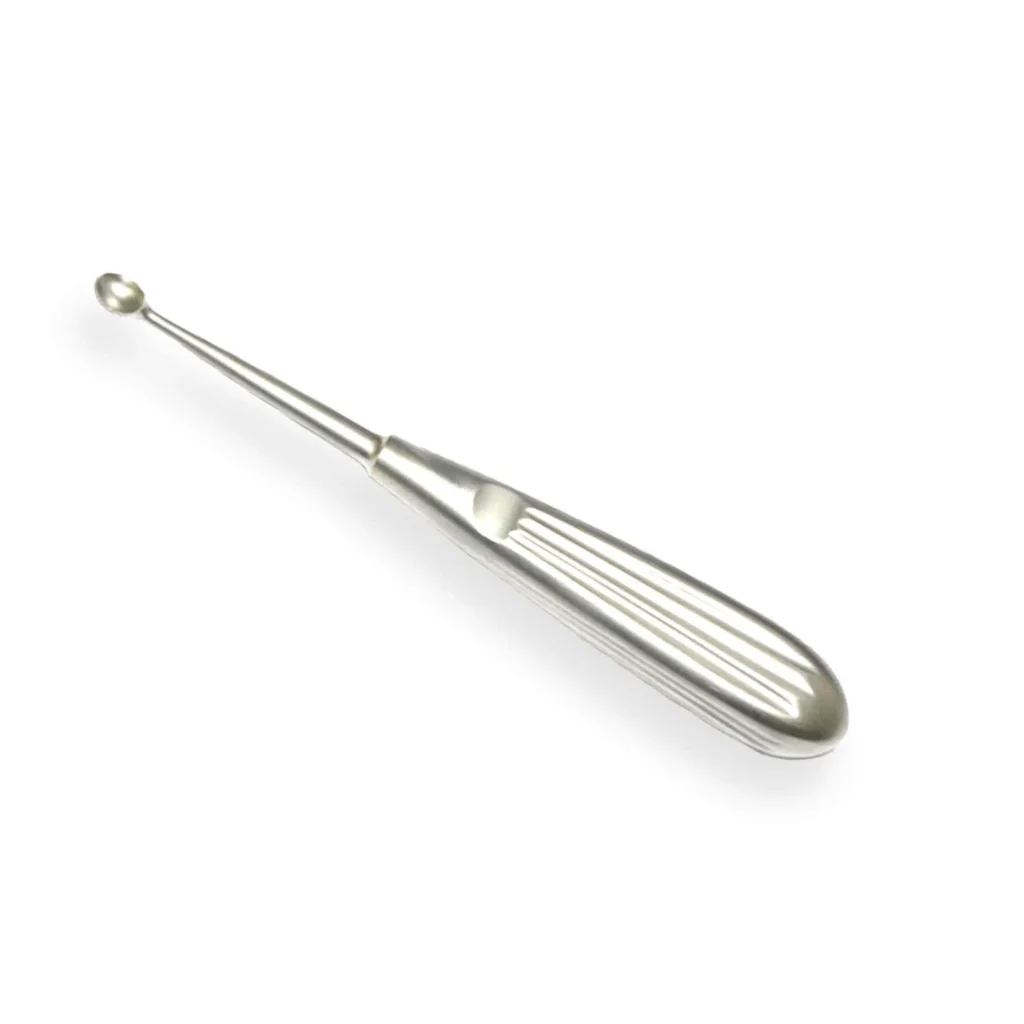
Grasping and Holding Instruments: Control and Stability
Adson Forceps
Adson forceps are used for delicate tissue manipulation. Their design allows surgeons to handle tissue with great care, minimizing the risk of damage.

Allis Forceps
Allis forceps are designed for grasping tissue. Their firm grip makes them ideal for holding tissue in place during surgical procedures.

Babcock Forceps
Babcock forceps are used for handling soft organs without causing damage. Their atraumatic design ensures that delicate tissues are not harmed during surgery.

Hemostatic Forceps (Kelly, Crile, Mosquito)
Hemostatic forceps are essential for clamping blood vessels to control bleeding during surgery. These instruments are critical in maintaining a clear surgical field.
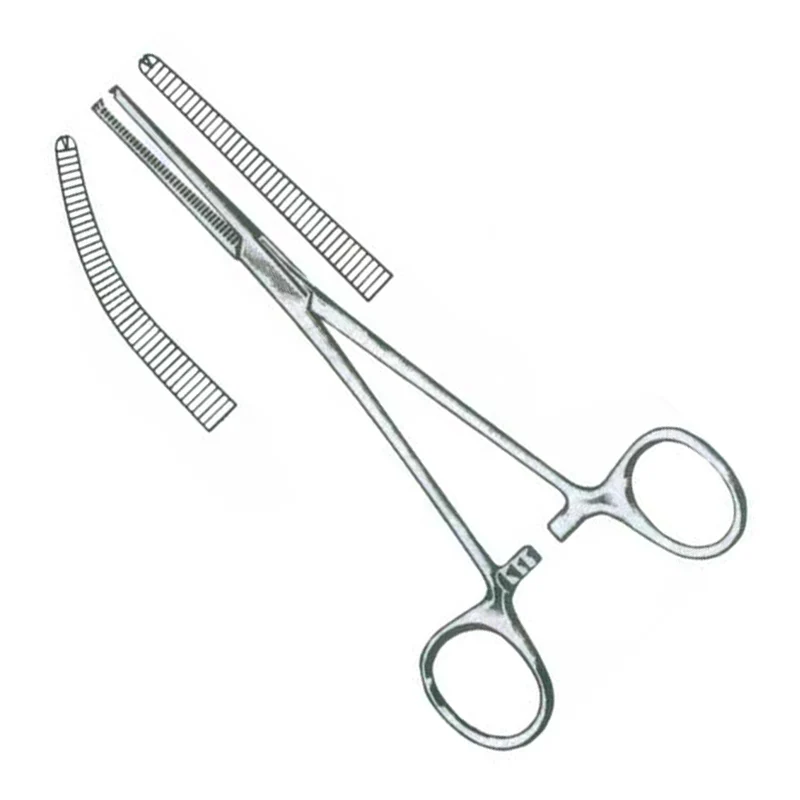
Tissue Forceps
Tissue forceps are designed for holding tissue securely during procedures. They are essential tools for any surgery involving tissue manipulation.

Retracting Instruments: Enhancing Surgical Visibility
Senn Retractor
The Senn retractor is used for exposing surgical sites, providing surgeons with a clear view of the area being operated on.

Richardson Retractor
Richardson retractors are designed for retracting deep tissues, allowing access to areas that are otherwise difficult to reach.
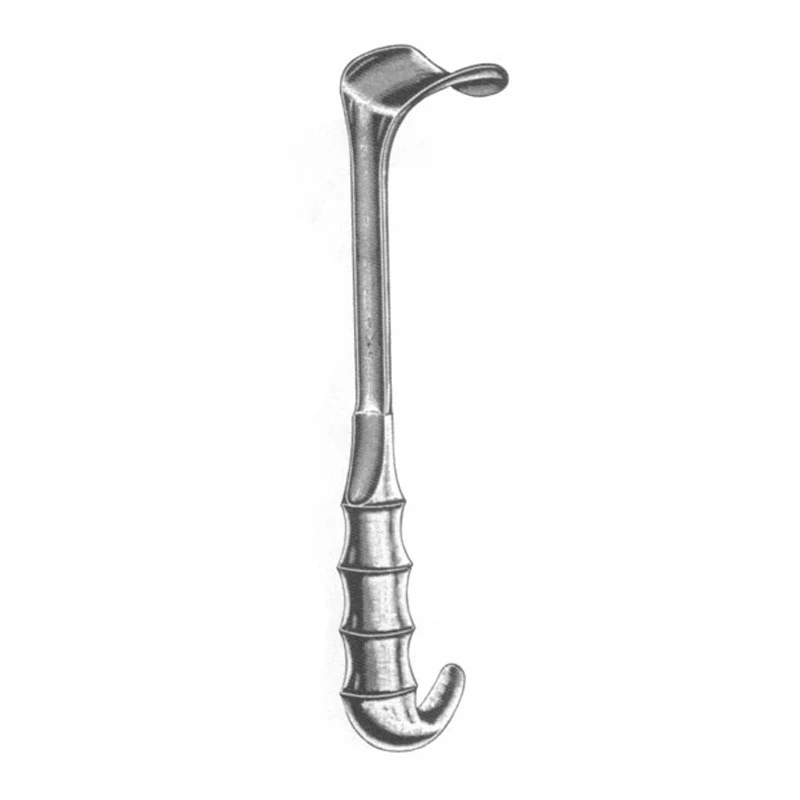
Army-Navy Retractor
This general-purpose retractor is commonly used for a wide range of surgical procedures, offering reliable retraction of tissue.

Gelpi Retractor
The Gelpi retractor is a self-retaining instrument, ideal for keeping soft tissues apart during surgery without needing constant adjustment.
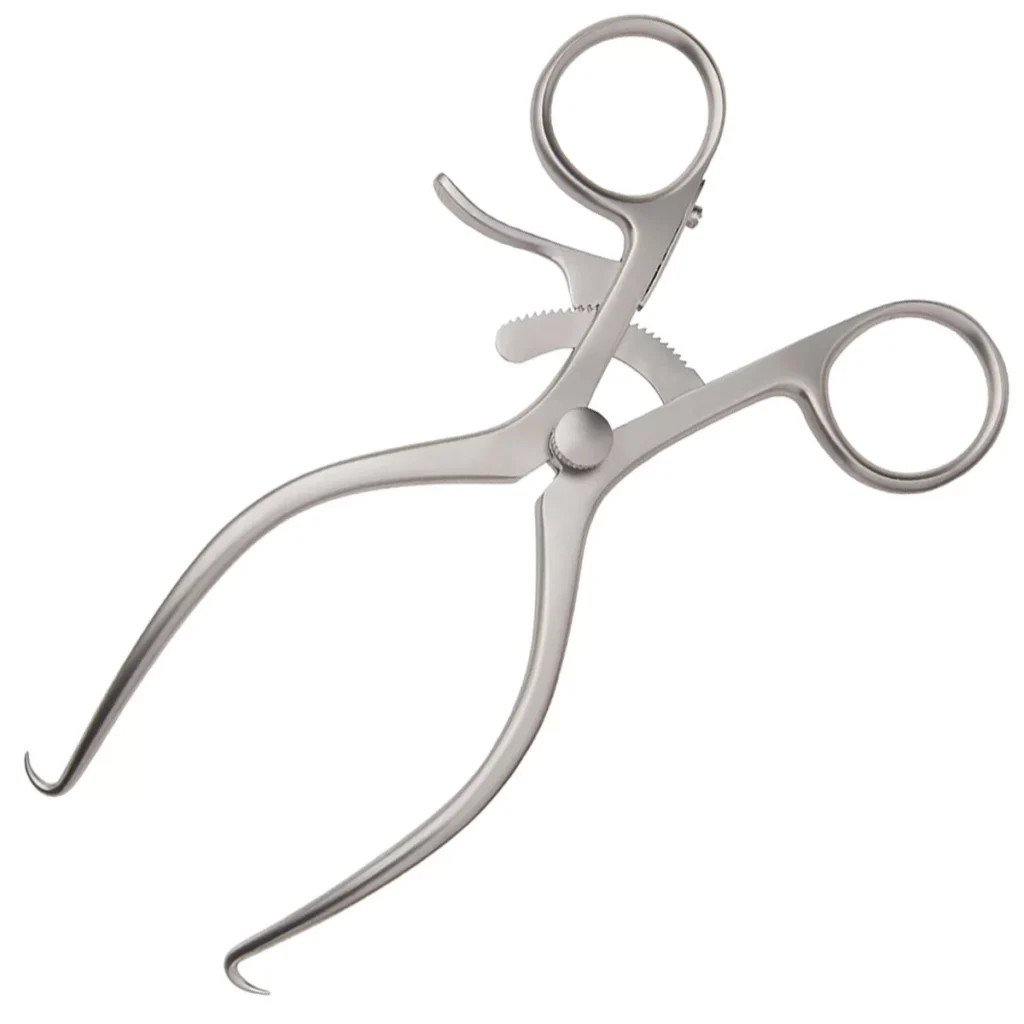
Deaver Retractor
Deaver retractors are specifically designed for deep tissue retraction, providing access to organs and tissues located deep within the body.

Clamping and Occluding Instruments: Securing and Controlling
Kocher Clamp
The Kocher clamp is used for clamping tissue, providing a secure grip that prevents tissue slippage during surgery.

Bulldog Clamp
Bulldog clamps are temporary occlusion devices for blood vessels, allowing surgeons to control blood flow during procedures.
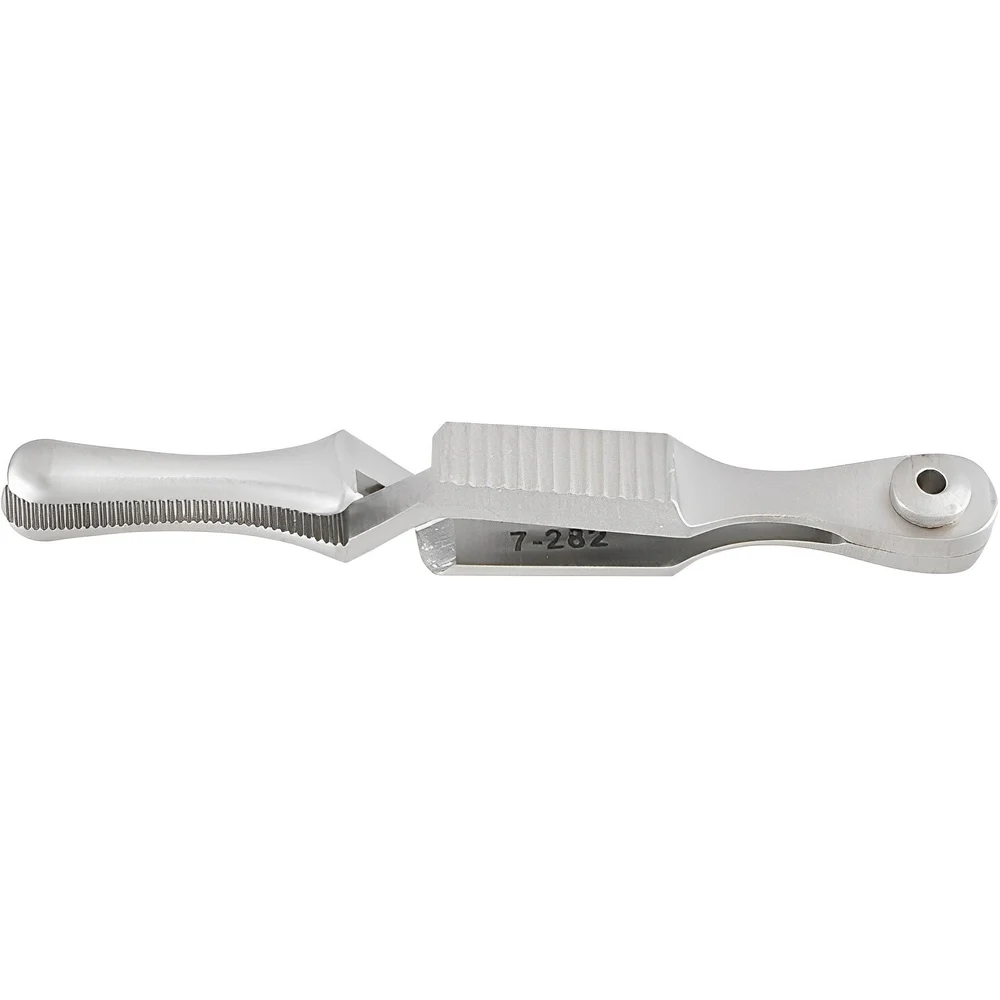
DeBakey Vascular Clamp
Designed for vascular surgery, the DeBakey vascular clamp is used for clamping blood vessels without damaging them.
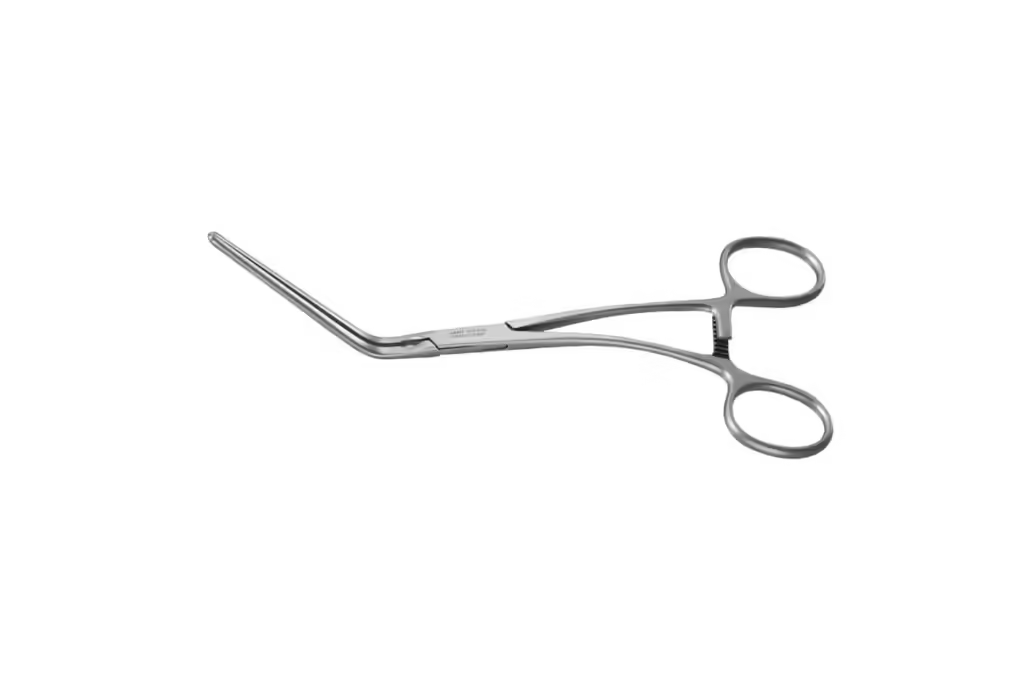
Castroviejo Needle Holder
This specialized needle holder is used for holding suture needles during delicate procedures, ensuring precision and control.
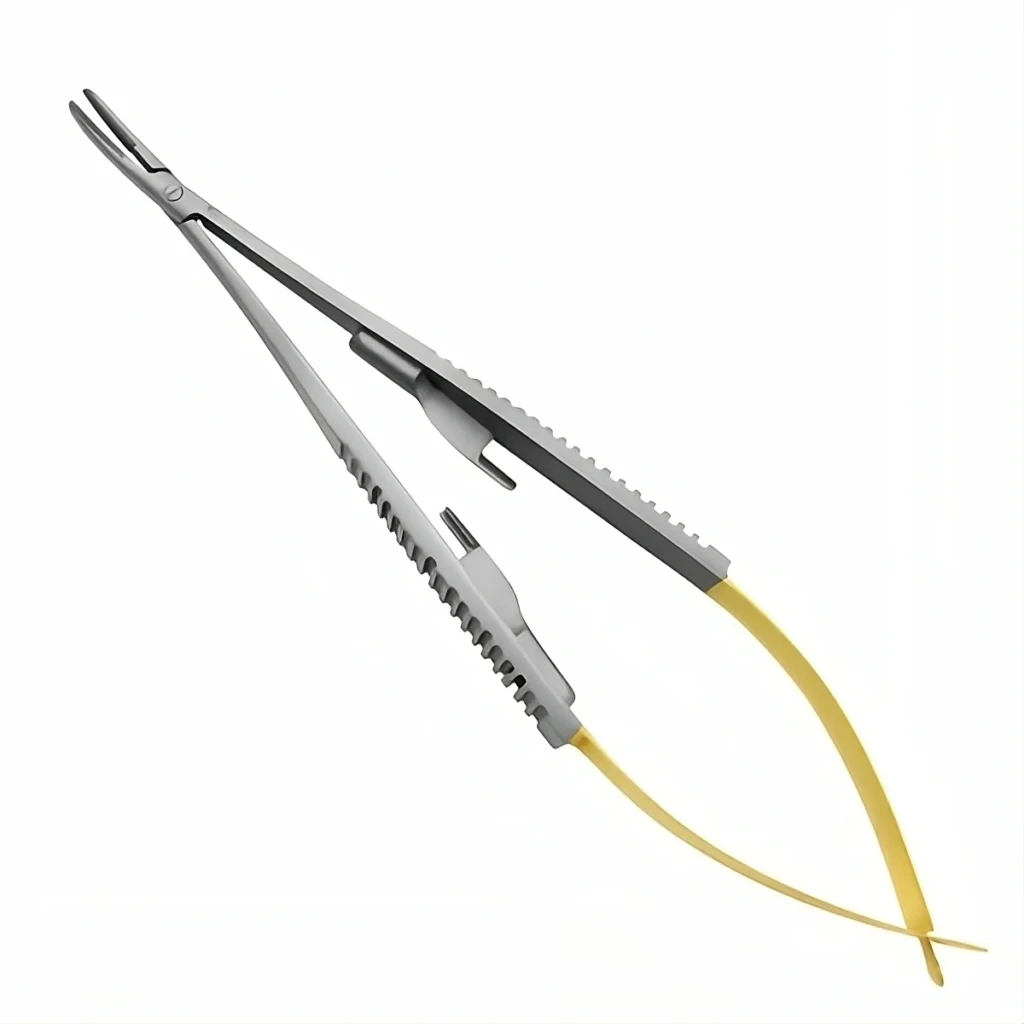
Ochsner Clamp
The Ochsner clamp is specifically designed for clamping bowel tissue, making it an essential tool in gastrointestinal surgery.
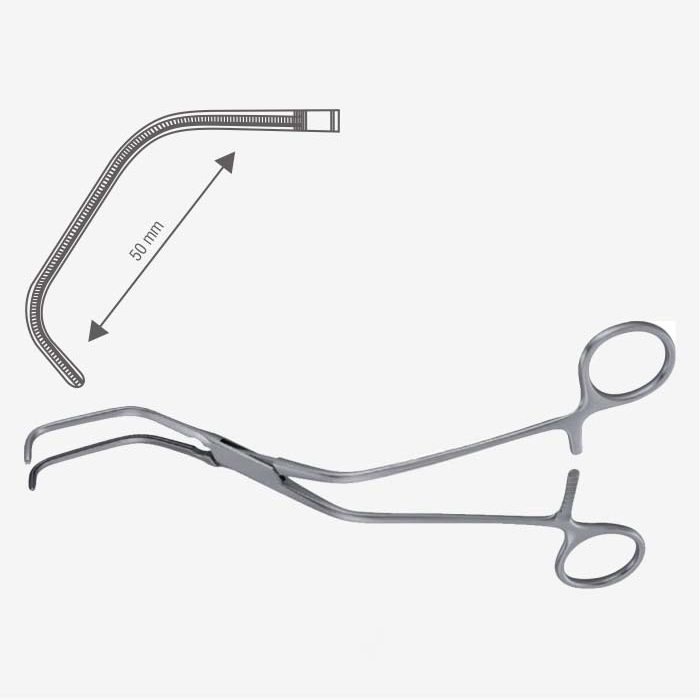
Suturing Instruments: Precision in Wound Closure
Needle Holder
Needle holders are used for securely holding suture needles during stitching, ensuring accurate placement of sutures.
Suture Scissors
Suture scissors are designed for cutting sutures cleanly and efficiently, a vital step in the wound closure process.
Suture Ligature
Suture ligatures are used for tying off blood vessels, a critical task in controlling bleeding during surgery.
Suture Needle
Suture needles are used for stitching tissue together, playing a crucial role in the healing process.
Stapler
Surgical staplers are used for closing incisions with staples, offering a quick and secure method of wound closure.
Suction Instruments: Maintaining a Clear Surgical Field
Yankauer Suction Tip
The Yankauer suction tip is designed for suctioning fluids, keeping the surgical area clear of blood and other fluids.
Poole Suction Tip
This suction tip is ideal for larger volume suction, ensuring efficient removal of fluids during surgery.
Frazier Suction Tip
The Frazier suction tip is designed for delicate suctioning, allowing for precise removal of fluids in sensitive areas.
Other Instruments: Specialized Tools for Specific Procedures
Bone Drill
Bone drills are used for drilling holes in bone, a common requirement in orthopedic surgery.
Bone Saw
Bone saws are designed for cutting bone, making them essential tools in procedures involving bone removal or modification.
Retractor Blades
Retractor blades are interchangeable and used with retractors to hold back tissue, allowing surgeons to work in deeper areas.
Surgical Hooks
Surgical hooks are used for delicate tissue manipulation, offering precision in handling tissues during surgery.
Curettes
Curettes are used for scraping tissue, an essential step in removing diseased or unwanted tissue.
Dilators
Dilators are used for expanding body openings, facilitating access during surgical procedures.
Specula
Specula are used for examining body cavities, providing clear visibility and access to internal structures.
Probe
Probes are used for exploring wounds or cavities, helping surgeons assess the extent of injury or disease.
Forceps
Various types of forceps are used for grasping and holding tissue, making them indispensable in almost every surgical procedure.
Scissors
Surgical scissors come in different types, each designed for cutting various materials during surgery.
Clamps
Clamps are used for securing blood vessels, tissue, or other structures, ensuring stability during surgery.
Retractors
Retractors are essential for holding back tissue and organs, providing a clear view of the surgical field.
Suction
Suction devices are used for removing fluids and blood, maintaining a clean and clear surgical site.
Surgical Lights
Surgical lights are critical for illuminating the surgical field, ensuring that surgeons can see clearly during procedures.
Electrosurgical Unit
Electrosurgical units are used for cauterizing and cutting tissue, offering precision and control in surgical procedures.
Ultrasonic Surgical Aspirator
This device is used for removing tissue and fluids, providing a less invasive method of tissue removal.
Laser
Lasers are used for cutting and coagulating tissue, offering precision and reduced recovery time for patients.
Endoscope
Endoscopes are used for viewing internal organs and structures, playing a key role in minimally invasive surgery.
Laparoscopic Instruments
These instruments are used in minimally invasive surgery, offering patients faster recovery times and less scarring.
Microsurgical Instruments
Microsurgical instruments are designed for extremely delicate procedures, often used in ophthalmic and neurosurgery.
Dental Instruments
Dental instruments are specialized tools used for oral surgery, ensuring precision in dental procedures.
Ophthalmic Instruments
Ophthalmic instruments are used for eye surgery, offering precision in delicate procedures involving the eyes.



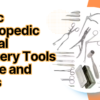
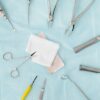
Add comment